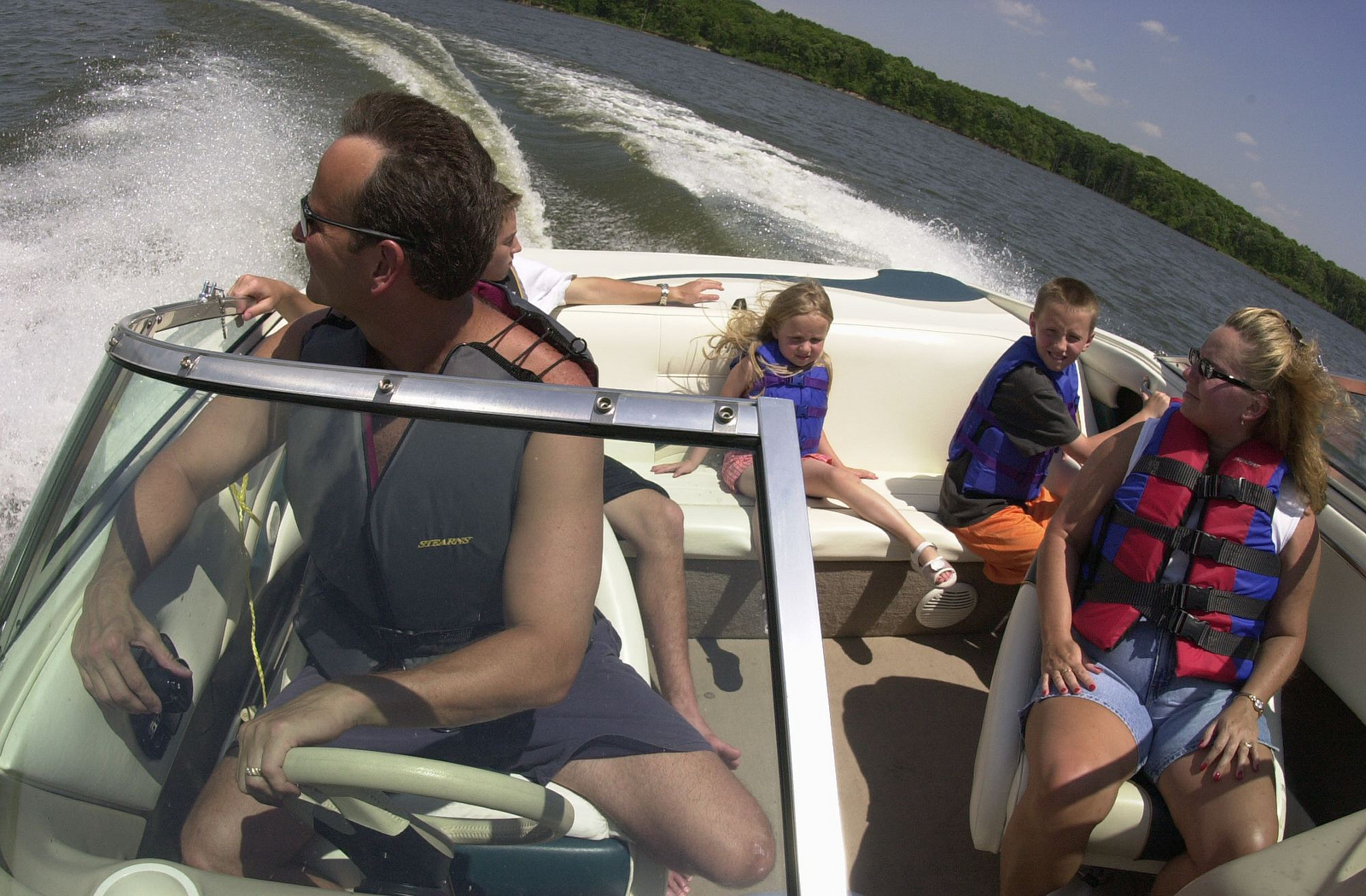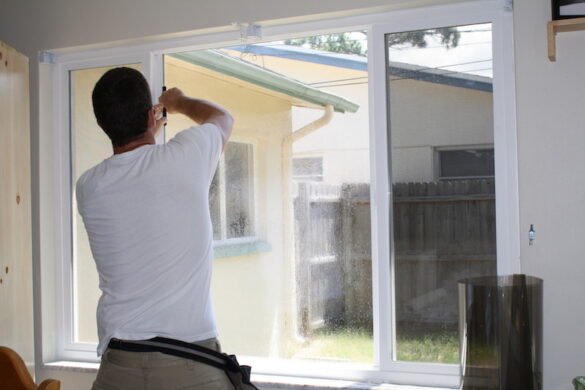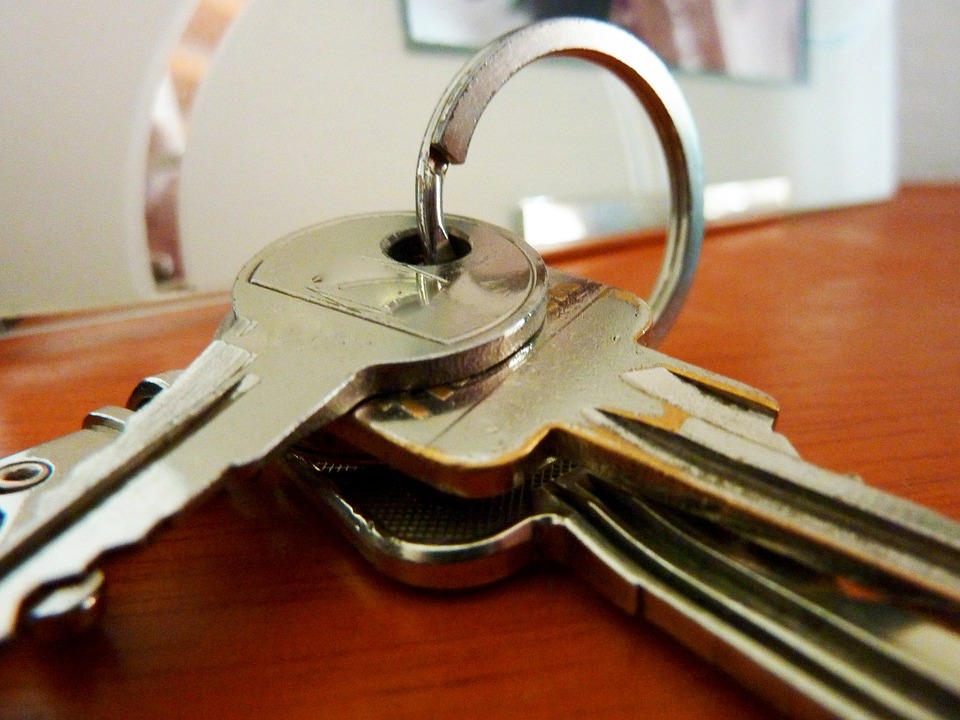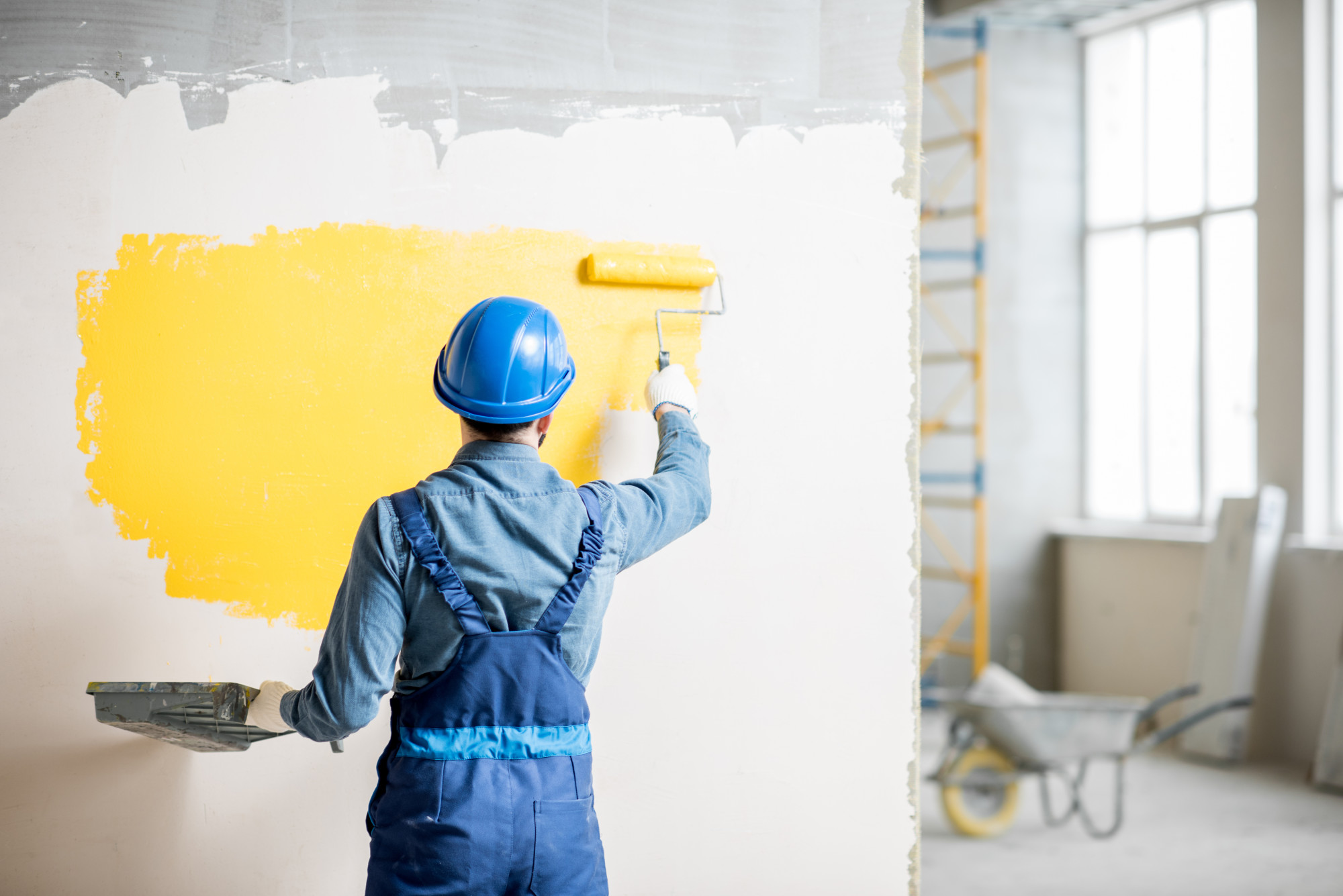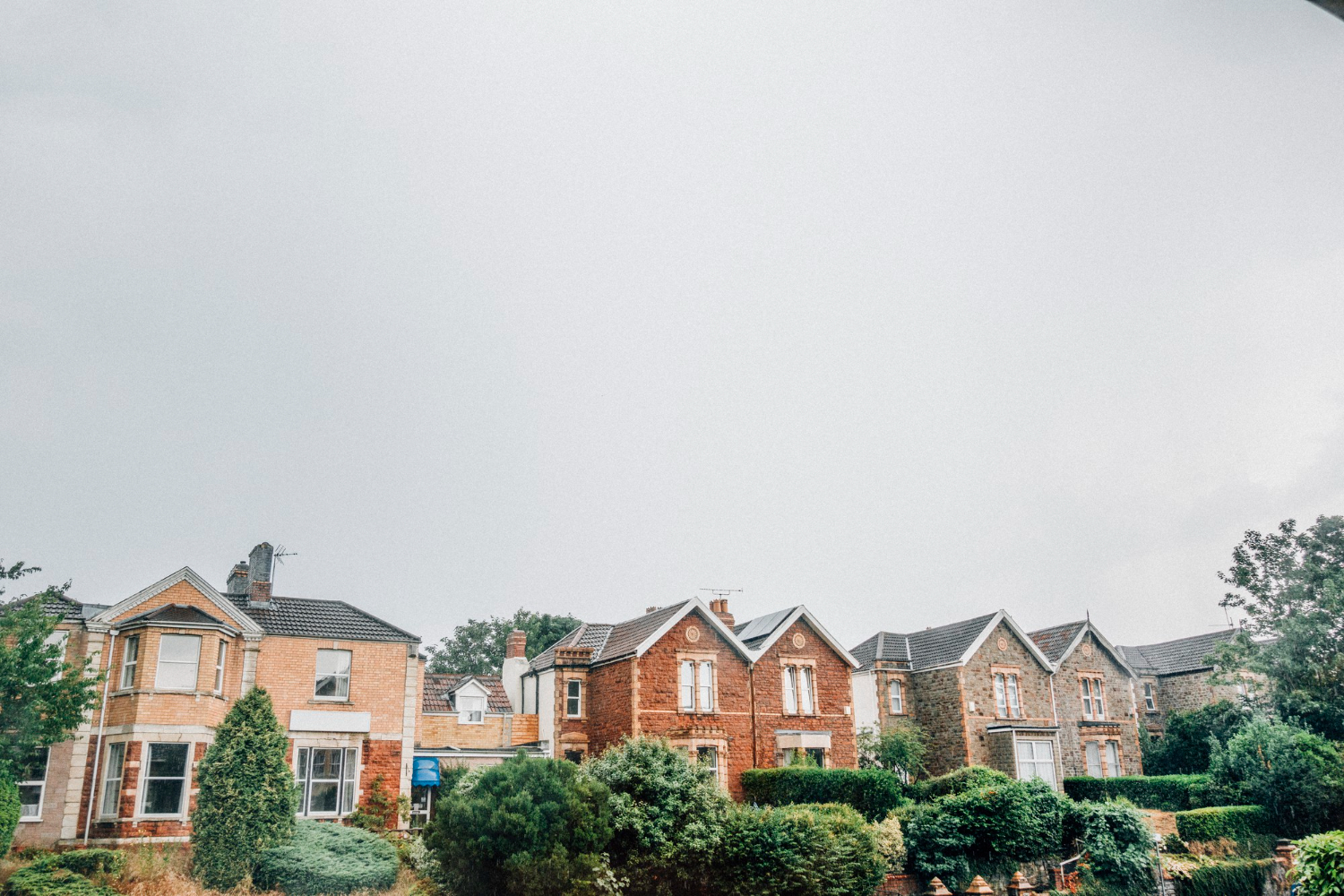 What if the future of Arizona cities wasn’t shaped by highways and parking lots, but by shaded sidewalks and people-first design? In Tempe, a fully car-free neighborhood is challenging the long-standing assumption that urban life in the desert must revolve around cars.
What if the future of Arizona cities wasn’t shaped by highways and parking lots, but by shaded sidewalks and people-first design? In Tempe, a fully car-free neighborhood is challenging the long-standing assumption that urban life in the desert must revolve around cars.
By prioritizing walkability, public transit, and compact living, it offers a glimpse into how Arizona can adapt to climate, population growth, and changing lifestyle demands. This model isn’t just an experiment. It’s a signpost for how cities across the state might evolve.
The Tempe Car-Free Model: What It Is and How It Works
Tempe’s car-free neighborhood is one of the first of its kind in Arizona. It’s designed around the idea that residents can live comfortably without owning a personal vehicle. The layout supports walking, biking, and the use of public transit, with housing, shops, green space, and essential services placed within short walking distances.
Streets prioritize pedestrians, and vehicle access is limited to emergency and service vehicles. Instead of parking garages, the space is used for plazas, courtyards, and social areas.
The community integrates with regional transportation networks by offering nearby access to light rail, buses, and on-demand ride services. Shared mobility options like bike rentals and e-scooters are common, making it easier to run errands or commute without a car.
The entire model emphasizes convenience, mobility, and reducing reliance on fossil fuels. It’s not just about removing cars. It’s about rethinking how neighborhoods are built to support daily life without them.
Why Arizona? Why Now?
Arizona’s cities have long been shaped by car culture, with sprawling suburbs and wide roads defining much of their growth. But rising concerns about traffic congestion, air pollution, and urban heat islands are forcing a shift in how cities think about growth.
A younger, more urban-minded population is asking for neighborhoods that are easier to navigate without a car. Walkability is becoming a priority for people who want to live close to work, schools, shops, and recreation.
The timing also reflects broader conversations about sustainability. As Arizona faces extreme heat, water scarcity, and the consequences of rapid development, interest in more compact, efficient communities is growing.
Car-free developments offer a chance to reduce energy use, cut emissions, and build cooler, greener urban environments. Cities across the state are watching Tempe closely to see if these ideas can be replicated elsewhere.
Benefits Already Emerging in Tempe
Living without cars leads to noticeable reductions in noise and air pollution. Streets become quieter and cleaner, and residents report improved air quality and lower stress levels.
With more green space and less pavement, the urban heat effect is reduced, creating a cooler and more comfortable living environment, even during Arizona’s hottest months. These physical improvements go hand-in-hand with a stronger sense of place.
Car-free zones also foster more social interaction. Without traffic separating people, there’s more foot traffic, more chance encounters, and more spontaneous community gatherings.
Local businesses benefit from increased visibility and pedestrian activity, while residents enjoy access to shops, cafes, and public areas without needing to drive. It creates a neighborhood atmosphere that feels more personal and human-scaled, something that many car-centric suburbs lack.
Challenges and Criticisms
Despite the appeal, car-free neighborhoods aren’t without challenges. One concern is affordability. These types of communities often target higher-income residents, which can limit access for lower- or middle-income families.
Without careful planning and policy support, car-free living could become a luxury rather than a widely available option. There’s also a risk that such developments isolate themselves from the realities of the surrounding city, where cars are still essential.
Practicality is another concern, especially in a region where extreme heat is a factor for much of the year. Walking or biking in 110-degree temperatures isn’t realistic for everyone, particularly seniors or people with limited mobility. Not all jobs are accessible by transit, and many people still need vehicles for work, family, or caregiving responsibilities.
Car-free living works best when supported by strong infrastructure, including safe pedestrian pathways, something still lacking in many parts of Arizona. In fact, pedestrian safety remains a serious issue across the state, with rising accident rates highlighting the need for better design and legal protection by Arizona’s pedestrian accident lawyers.
What This Says About the Future of Arizona Cities
Tempe’s example suggests that Arizona cities may be ready to experiment with new approaches to urban planning. As demand for walkable, compact neighborhoods grows, city planners are rethinking traditional zoning laws that separate housing from retail and public transit.
Mixed-use developments and transit-oriented designs are becoming more attractive as cities aim to reduce sprawl and promote livability. The shift may be slow, but the direction is becoming clear.
This also reflects a broader change in how Arizona sees itself. Rather than mimicking older development models, some cities are beginning to craft identities around sustainability, innovation, and lifestyle quality.
If these ideas catch on, Arizona could become a leader in designing livable desert cities that balance growth with environmental resilience. The Tempe model, while small, provides a working template that others can study and adapt.
How City Planners and Residents Are Responding
Urban planners in Arizona are taking notice of what’s happening in Tempe. Some cities are updating zoning codes to allow more flexible land use, reduce parking minimums, and promote higher-density development near transit corridors.
Others are investing in bus and light rail systems, recognizing that long-term growth depends on offering more than just roads and freeways. The idea isn’t to eliminate cars everywhere, but to create options for people who want a different lifestyle.
At the same time, residents are showing more interest in community-centered design. Neighborhood groups, environmental advocates, and even local businesses are pushing for safer sidewalks, shaded streets, bike lanes, and better transit access.
There’s a growing awareness that cities need to be built for people, not just cars. As these conversations continue, car-free and car-lite neighborhoods may become a more common part of Arizona’s urban future.
Conclusion
Tempe’s car-free neighborhood proves that rethinking the role of the automobile is not only possible but increasingly necessary in Arizona’s urban future. It demonstrates that people are willing to embrace new ways of living when infrastructure supports it, and that cities can thrive without defaulting to car-centric planning.
While not every area can or should go fully car-free, offering alternatives is critical for resilience, sustainability, and livability. Arizona’s cities now face a choice: continue expanding outward with more cars, or build smarter, more connected communities from within.
